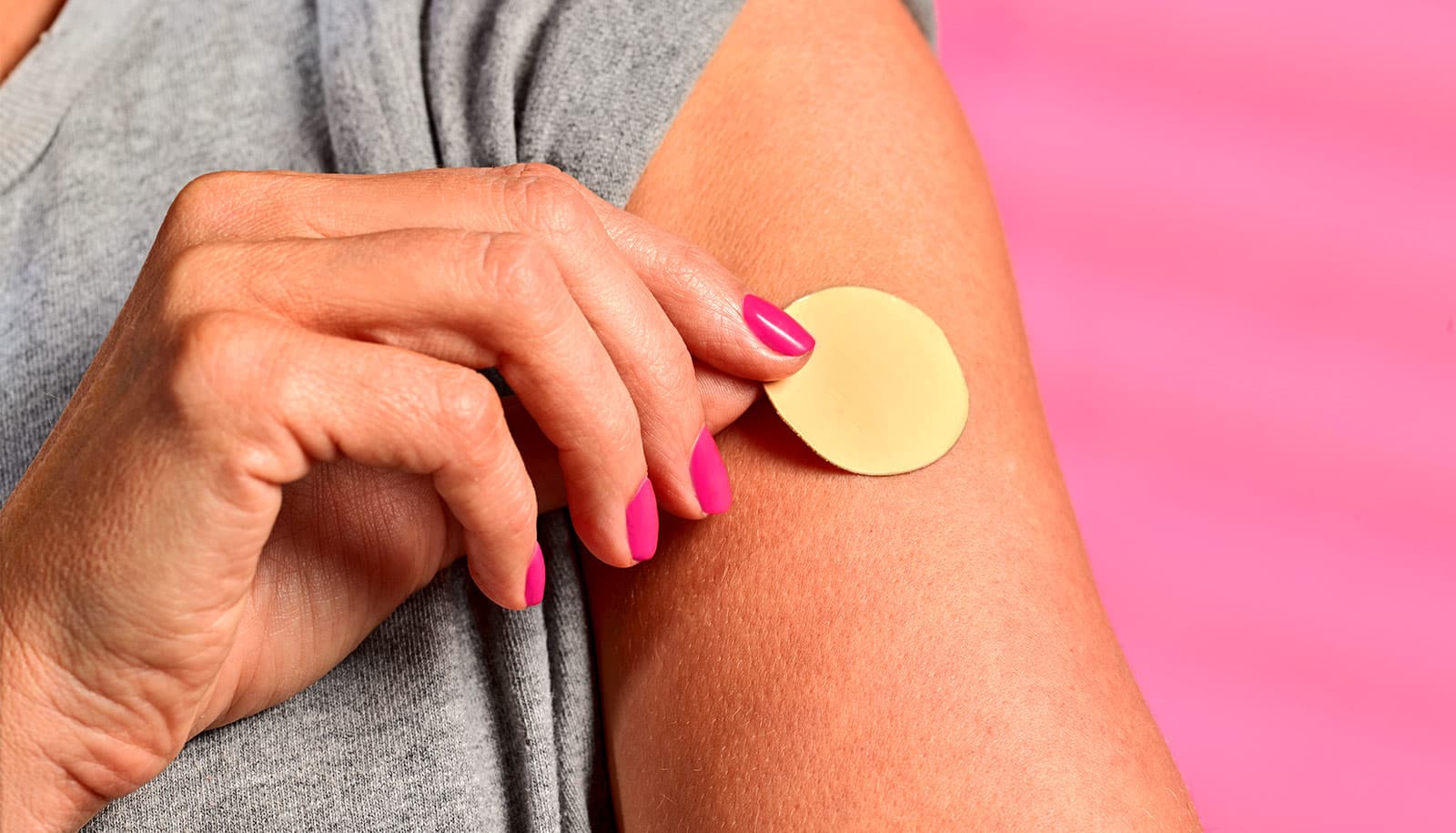A new system for the removal of birthmarks, port-wine stains, and tattoos transmits laser light into the tissue through direct contact, which could make it more accurate.
The first laser treatments used to treat skin conditions like benign vascular birthmarks and port-wine stains were developed more than 40 years ago. Recently, dermatologists have seen a rise in demand for minimally invasive laser-based treatments, like tattoo removal.
However, because the laser light is held at a distance from the skin, getting only the targeted birthmark or tattoo to perfectly and selectively absorb it can be difficult.
Laser techniques come with risks, including eye damage. Open-air transmission, in which the doctor holds the laser at a distance from the patient, is the typical procedure but can pose a hazard to both patients’ and doctors’ eyes.
“The system we developed uses ultrasonic pulsation in conjunction with a clinical laser to alter the properties of skin tissues during the procedure,” says Paul J.D. Whiteside, a doctoral candidate in the food systems and bioengineering division at the University of Missouri.
“We’ve named the technique ‘sonoillumination’ and we’re hopeful that the procedure will be available widely in the near future.”
Microbubbles focus laser beams inside the body
Researchers tested the technique using pig skin tissue samples using various amplitudes and pulses, and showed promise for the clinical setting.
“Pork skin samples are very close to human skin samples, so the initial results we saw are promising for human applications,” says Heather K. Hunt, assistant professor of bioengineering. “Sonoillumination will be extremely beneficial for clinicians.”
“Our goal is to provide patients with safer, more effective treatment options that potentially lower the number of treatments needed,” says Nicholas Golda, associate professor of dermatology and director of dermatology surgery at the MU School of Medicine. “This new technology may also provide physicians with a safer, more controllable option for treating patients.”
Whiteside presented the paper, which the journal Lasers in Surgery and Medicine has selected for publication, at the annual conference of American Society for Laser Medicine and Surgery. A 2015 Fast Track grant from the University of Missouri System funded the work.
Source: University of Missouri



